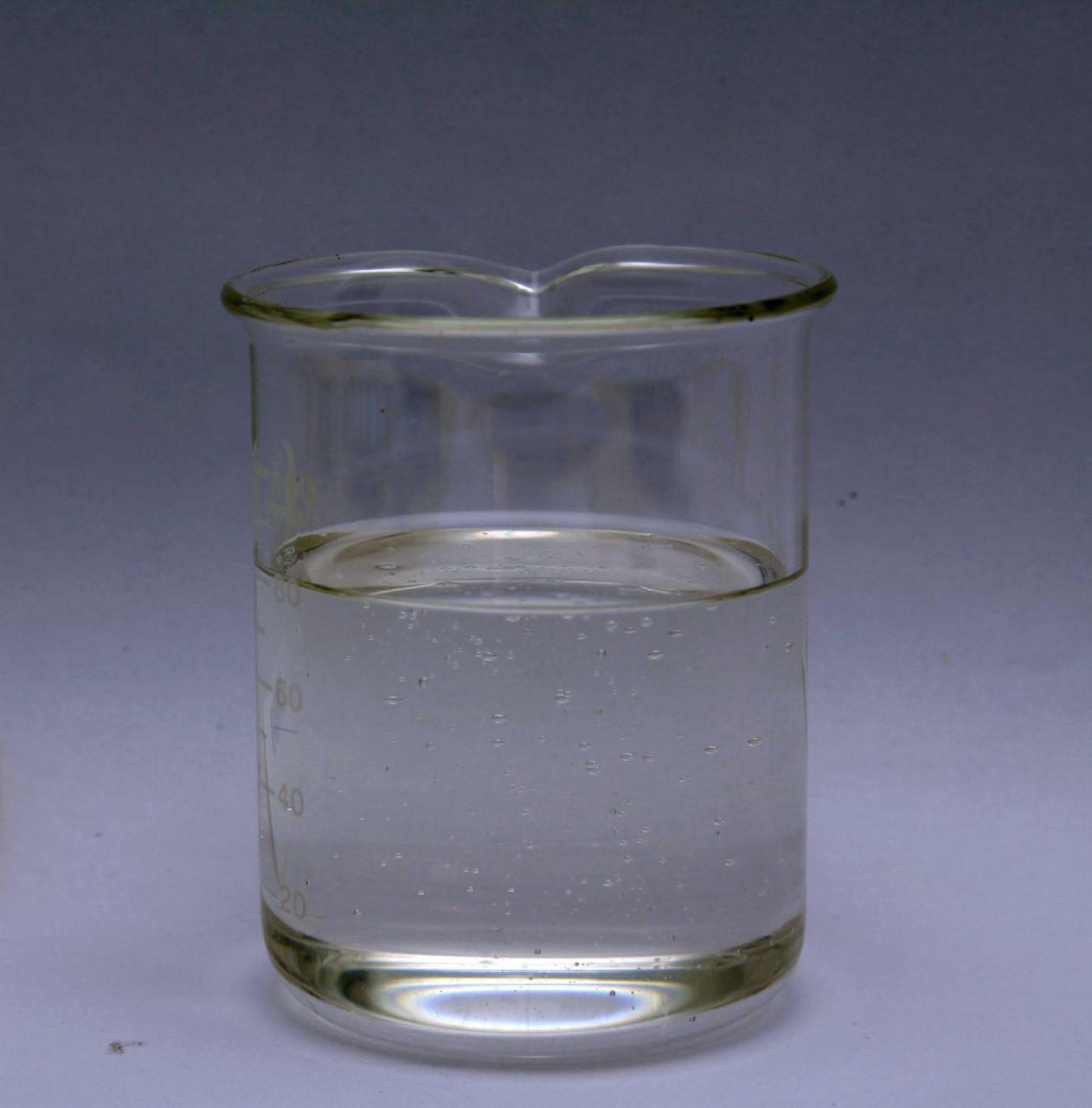After the water-based coating wets the substrate, the additive to control its flow and leveling is the leveling agent, and the water-based system is commonly used as the water-based leveling agent. How can we know whether the water-based leveling agent is good or bad, and then choose a product with excellent performance?
Most of the existing water-based coatings are water-dispersed rather than water-soluble, which is different from solvent-based coatings in their dependence on various coating additives Very big. In the formula design, production process and coating process of water-based coatings, additives are needed to achieve the good functions of the coating.
Water-based leveling agent is one of the essential types. Its function is to help water-based coatings form a smooth, smooth and uniform coating on the surface of various substrates. Membrane, so the leveling agent is very important. Only by mastering the method of judging the quality of the leveling agent can we choose a good product when purchasing.

Generally speaking, we can use the following four methods to roughly judge the quality of paint leveling agents.
(1) Visual inspection
After the paint is applied and dried according to the specified painting method, if there is no shrinkage cavity or pinhole on the surface of the paint. Defects such as orange peel, silk lines, brush marks, fog shadows, etc., can determine that the leveling property of this paint leveling agent is better.
(2) GB/T l750-1979 Determination of paint leveling
This method is to measure the time required for brushing/spraying paint on a certain substrate according to a certain method to achieve leveling.
(3) GB-Sl07 horizontal fluidity assay
This method is to measure the diameter of the epoxy powder coating test piece after melting at a certain temperature.
(4) ASTM D2801 leveling method
Using a New York Paint Council (NYPC) leveling knife, the leveling rating is determined by the ability of two strips of paint in pairs to flow together.
In summary, there are four methods for testing water-based leveling agents, the first of which has no quantitative indicators and is likely to cause disagreements.
The latter three are methods for evaluating the leveling properties of coating leveling agents by special standards formulated by people in the domestic and international coating industry.

 微信扫一扫打赏
微信扫一扫打赏

